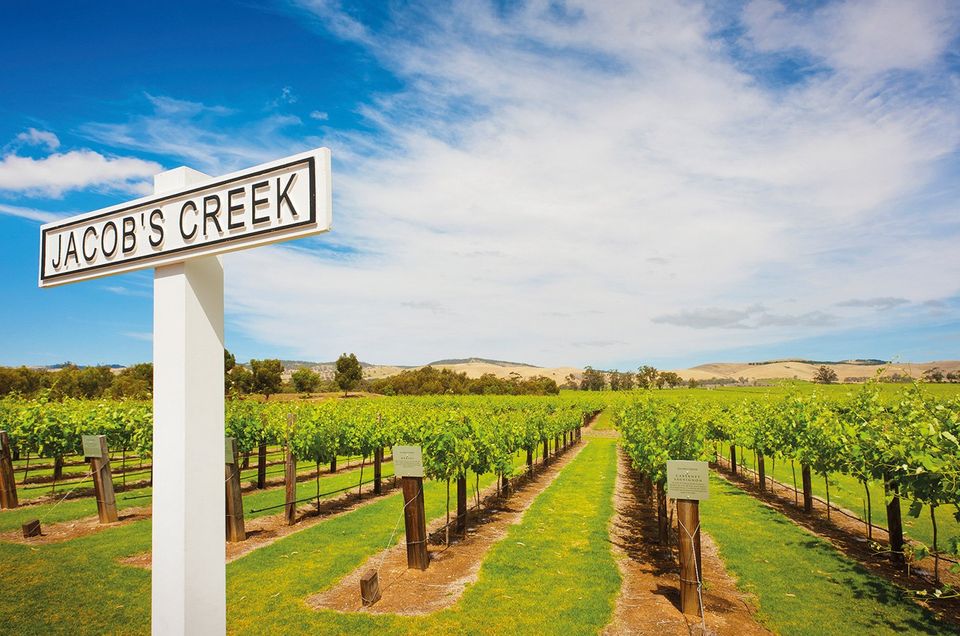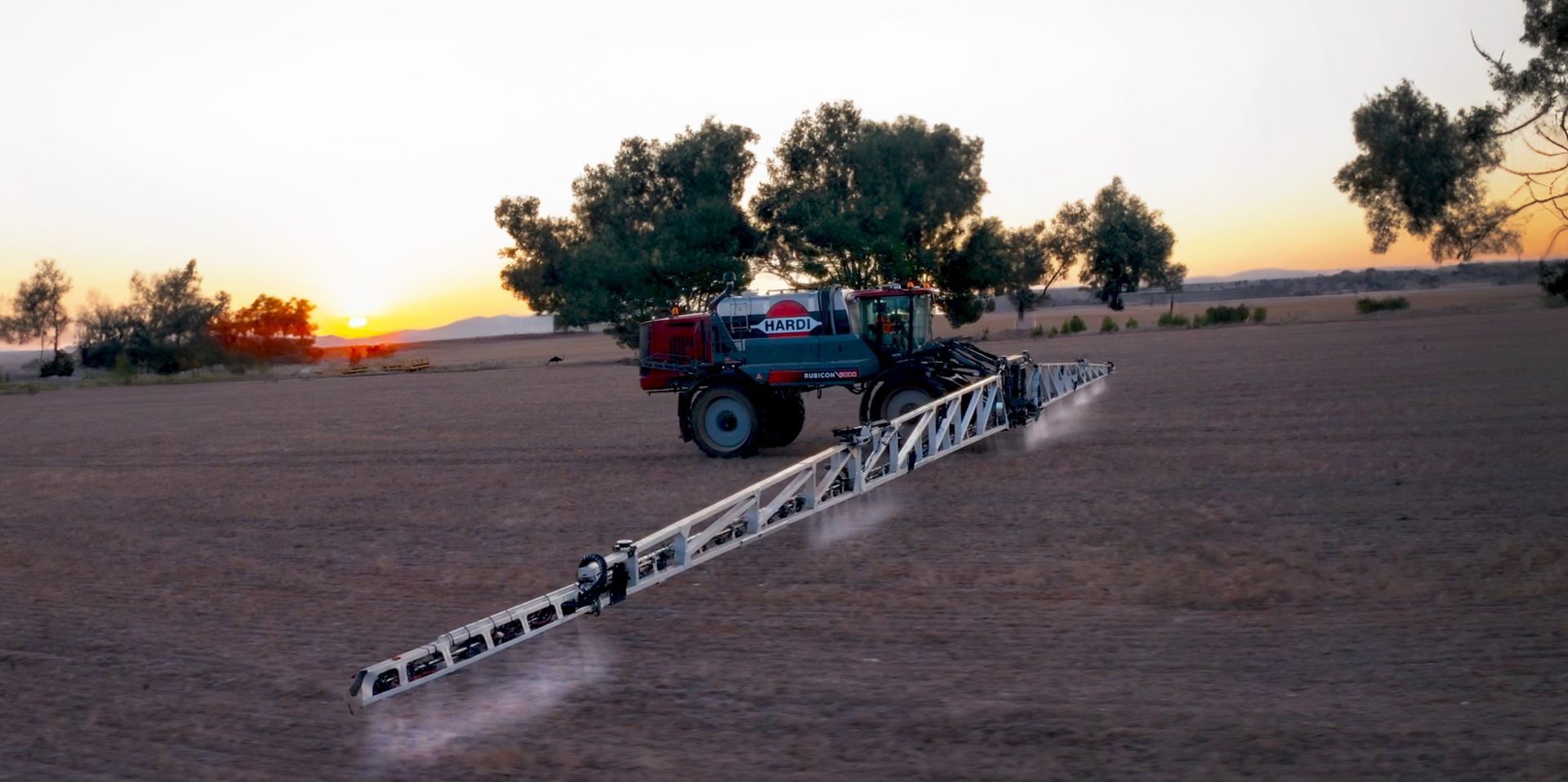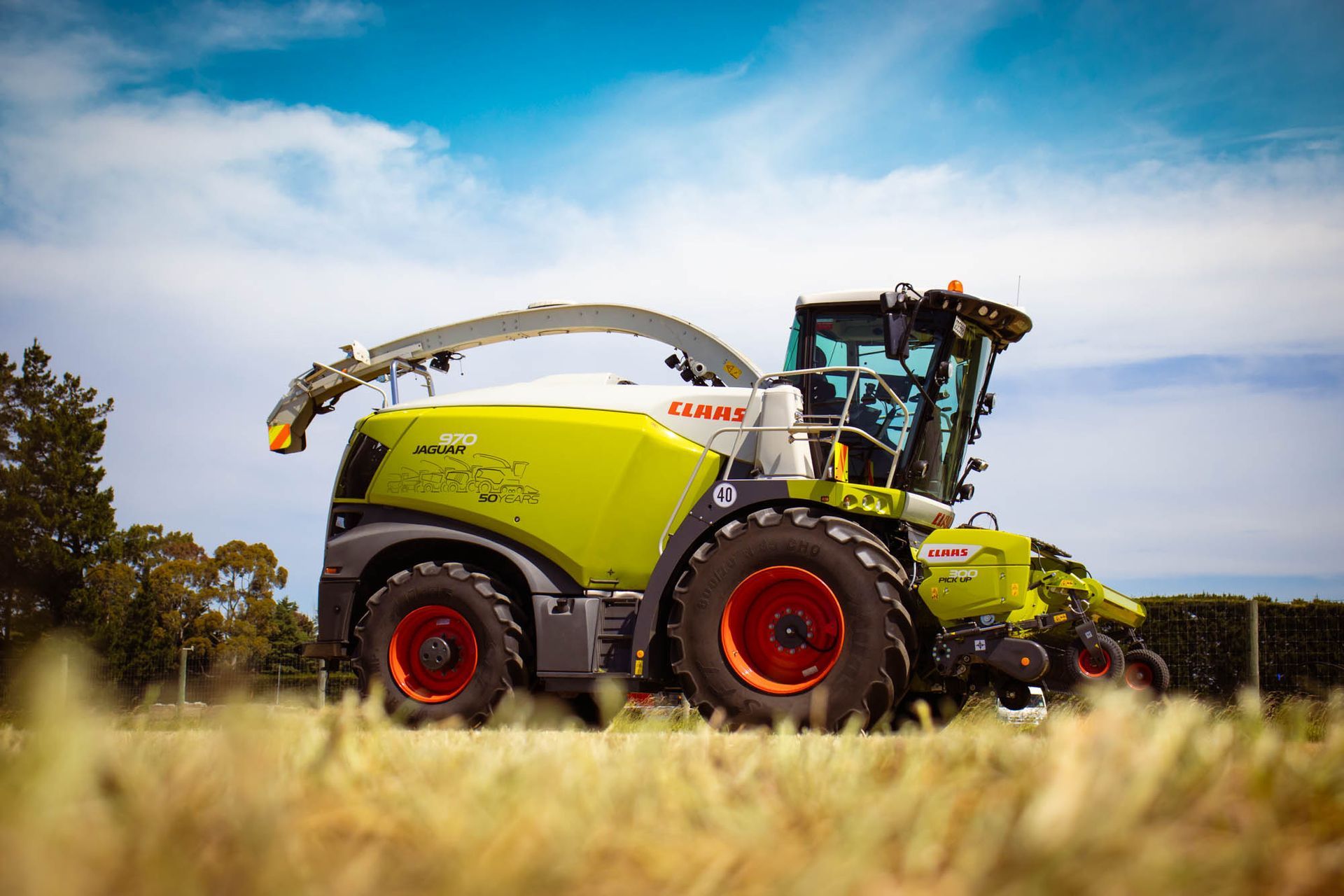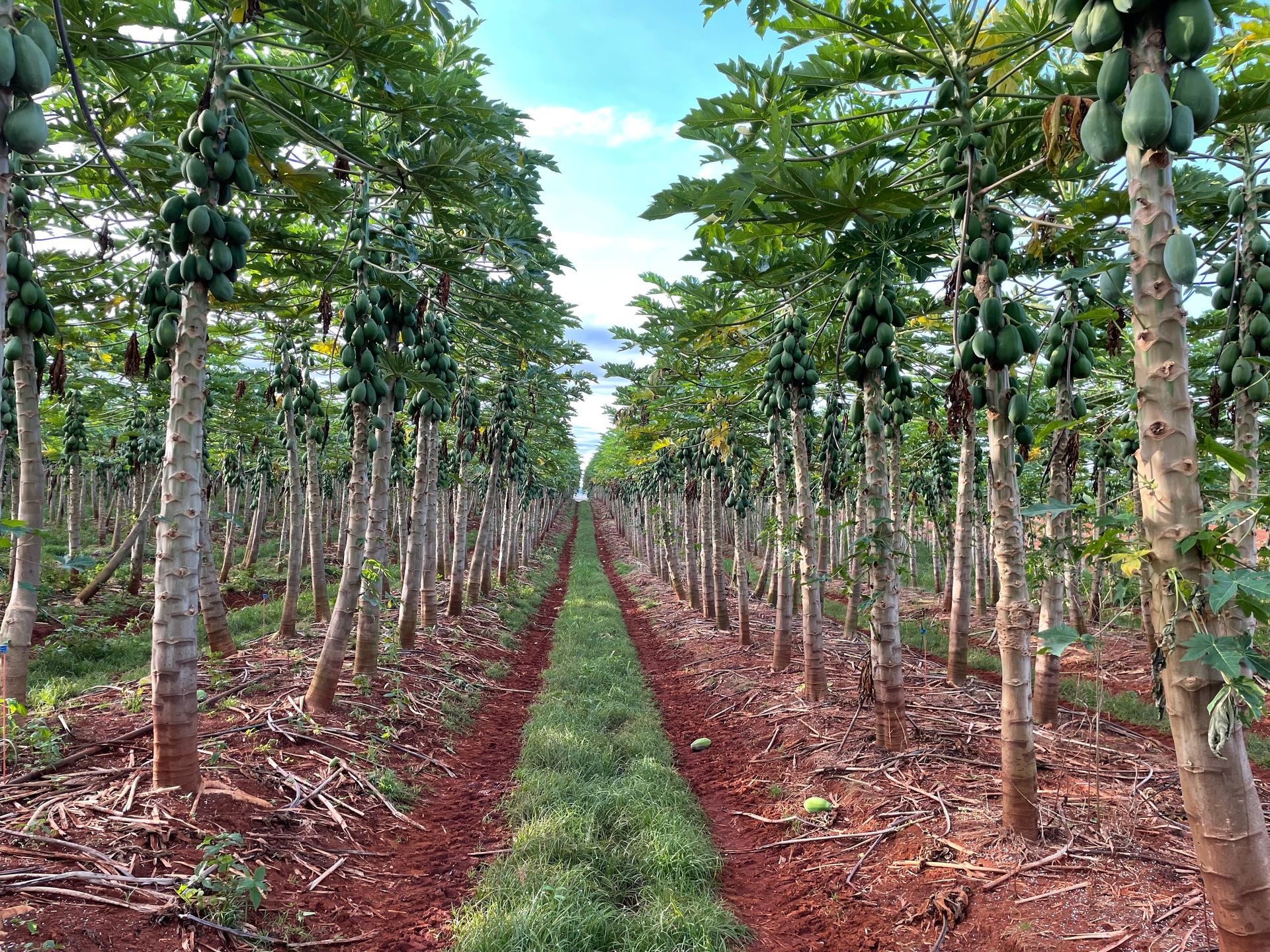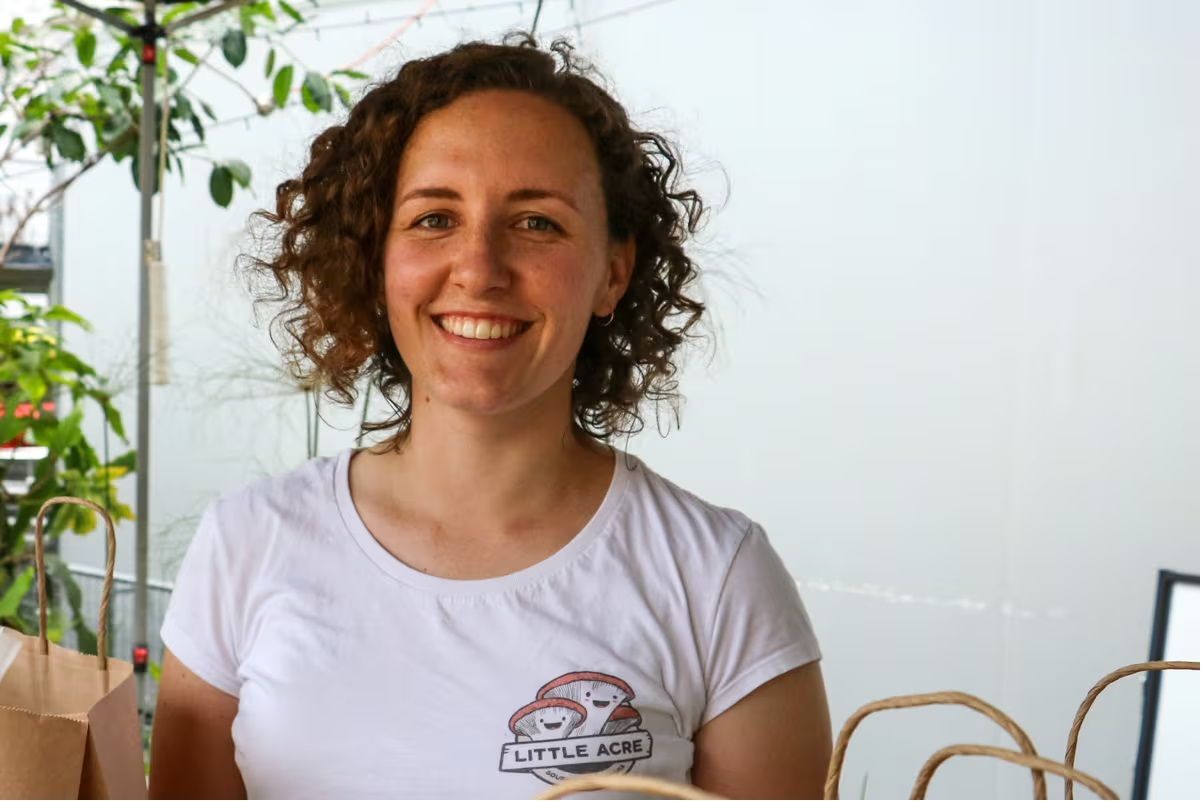Ag sector brimming with investment opportunities
South Australia’s clean and green reputation, six-star food and wine products and burgeoning links to China make the state’s agriculture and agribusiness sector ideally placed for growth. The establishment of Investment Attraction South Australia (IASA) has facilitated this growth, identifying key investment opportunities and developing an impressive track record in just its first 12 months.
The state of South Australia provides an ideal investment environment for international food and beverage companies seeking global expansion. The sector has a turnover of $18.2 billion annually, and an extensive infrastructure network encompassing rail, road, air and sea delivers South Australian food and wine directly to more than 100 countries.
“The state’s advantages of a clean, green environment, intellectual capital and innovation continue to feed demand for our high quality and differentiated food from Asia and other global markets,” says Martin Hamilton-Smith, South Australian Minister for Investment and Trade. “As one of the world’s most sustainable food and wine growing environments, South Australian produce has become globally renowned for its safety, quality and product integrity.”
Food safety standards in the state are impeccable and underpinned by state-of-the-art biosecurity measures, ensuring delivery of some of the highest-quality food and wine products in the world. With a highly-skilled workforce, competitive labour costs and excellent standard of living, South Australia is challenging the cities of Australia’s eastern seaboard in attracting international investment in the food and beverage industry.
In fact, Adelaide was ranked the most cost-competitive city in Australia, passing ahead of Melbourne in global auditor KPMG’s 2016 Competitive Alternatives Report. It is also the cheapest of Australia’s five largest cities (Sydney, Melbourne, Brisbane and Perth being the other four) when it comes to total occupancy costs of office space. At $US404 per square metre per annum, Adelaide is less than half the price of Sydney and a full $US135 cheaper than the next-lowest city, Melbourne.
Of course, when it comes to investment in agriculture and agribusiness, South Australia is best known in foreign markets as a premium wine producer. And with the state providing 60 per cent of Australia’s wine exports and 80 per cent of the nation’s premium wine production, that reputation is well-deserved. But opportunities for investors in South Australia are not just limited to the wine industry.
The state is renowned for its pristine growing environments both on land and in the water, with impeccable food safety standards (including fruit fly and phylloxera-free status) and an industry completely free of genetically-modified grain and food crops. With a strong regulatory environment that reduces risks in production and consumption and a skilled workforce backed by an excellent R&D sector, it is easy to see the advantages that can be gained in South Australia.
Courtesy of Australia’s Free Trade Agreements with China, Japan, Korea, Singapore, Malaysia and Thailand, the market for South Australian food and wine products continues to grow. And with outstanding freight connections and cold chain logistics that can easily deliver goods all over Australia and to Southeast Asia and the Middle East, the state’s produce can reach markets quicker than ever before.
In order to better facilitate investment in the state, Investment Attraction South Australia (IASA) was established in October 2015. IASA reports to Minister Hamilton-Smith and is overseen by a high-profile global advisory board comprising accomplished business leaders with experience across the globe, led by Chairman Rob Chapman, a prominent South Australian business executive. The board members serve an important function in not only providing strategic guidance to the agency, but also identifying business leads and potential candidates for investment attraction.
IASA offers a tailored service to potential investors and is able to simplify government dealings, provide policy and regulatory assistance, promote suitable business opportunities and provide investors with access to new technologies, services, skills or processes. The agency focuses its efforts on five key industry sectors (food and agribusiness, future industries and advanced manufacturing, financial and business services, minerals and energy and technology and creative industries) with dedicated teams offering specialised skills, experience and networks.
“The agency was established to drive inward investment for South Australia with a key focus on capturing foreign direct investment, which creates high value-adding industries and sustainable jobs,” says Minister Hamilton-Smith. “IASA works with local, national and overseas businesses and targets potential investors who can further South Australia’s economic transformation and create jobs.”
The focus on capturing foreign direct investment (FDI) reflects the government’s belief that it is fundamental to the state’s prosperity. Global examples over the past 20 years show that FDI brings with it jobs, growth and new technologies – things that are essential to a prosperous South Australia.
“The agency can connect investors with significant investment-ready projects and provide them with unparalleled access to decision-makers to help make new projects a reality,” says Minister Hamilton-Smith. “In only 12 months of operation, the South Australian government’s investment attraction agency has generated more than 4,500 jobs and over $970 million in investment for the state.”
One example of local investment secured by the IASA is leading Australian chicken meat producer, Ingham’s, who announced plans in 2016 to invest $275 million across multiple projects in Adelaide and its surrounds. This expansion alone is expected to create 850 direct jobs and 620 construction jobs.
Ingham’s is expanding its facilities to meet growing demand by significantly increasing its capacity throughout the production chain. This encompasses breeding, hatching, processing, feed production and product distribution at multiple sites, and will see the company double its rate of investment. In a boon for the state, and thanks to the hard work of IASA, the majority of that investment will be in South Australia.
In terms of foreign investment, IASA has been able to secure significant FDI deals from a range of international sources. Two great examples of companies choosing to invest in South Australia thanks to IASA are the Greaton Group and Dadongwu, both from China.
The Greaton Group (formerly Zhengtang) has committed to building the $300 million West Franklin apartment complex in Adelaide’s West End, a two-tower complex expected to be completed in 2019 that will provide accommodation for more than 1000 people and create 1350 construction jobs. The complex will range from apartments for low-income residents to exclusive penthouses, and helps to fulfil the South Australian government’s agenda of encouraging more people to live in Adelaide’s central business district.
In March 2016, South Australian firm Micromet signed a joint venture agreement with Chinese company Dadongwu to manufacture technologically-advanced wastewater treatment equipment for the Chinese market. Micromet’s technology removes pollutants such as sewage, grey water and industrial effluents from contaminated water, and could help address serious problems with water quality in China. Micromet representatives were part of the South Australian Premier’s trade delegation to China in 2015, and the relationship between the two companies was further facilitated by IASA. Under the joint venture, $2 million will be invested to establish facilities in Adelaide to manufacture Micromet’s equipment for the Chinese market, employing at least 75 people.
“Customers are telling us that they want to invest, but they want a partner to walk with them through the journey – IASA provides them with that partnership,” says an IASA spokesperson. “The message is that we are open for business and there has never been a better time to do business in South Australia.”
There are endless opportunities for investors in South Australia, especially in the state’s booming agricultural and agribusiness sectors. With the establishment of IASA to guide investors and simplify dealings with government, and its formidable track record in such a short period of time, the future of investment in South Australia certainly looks promising.
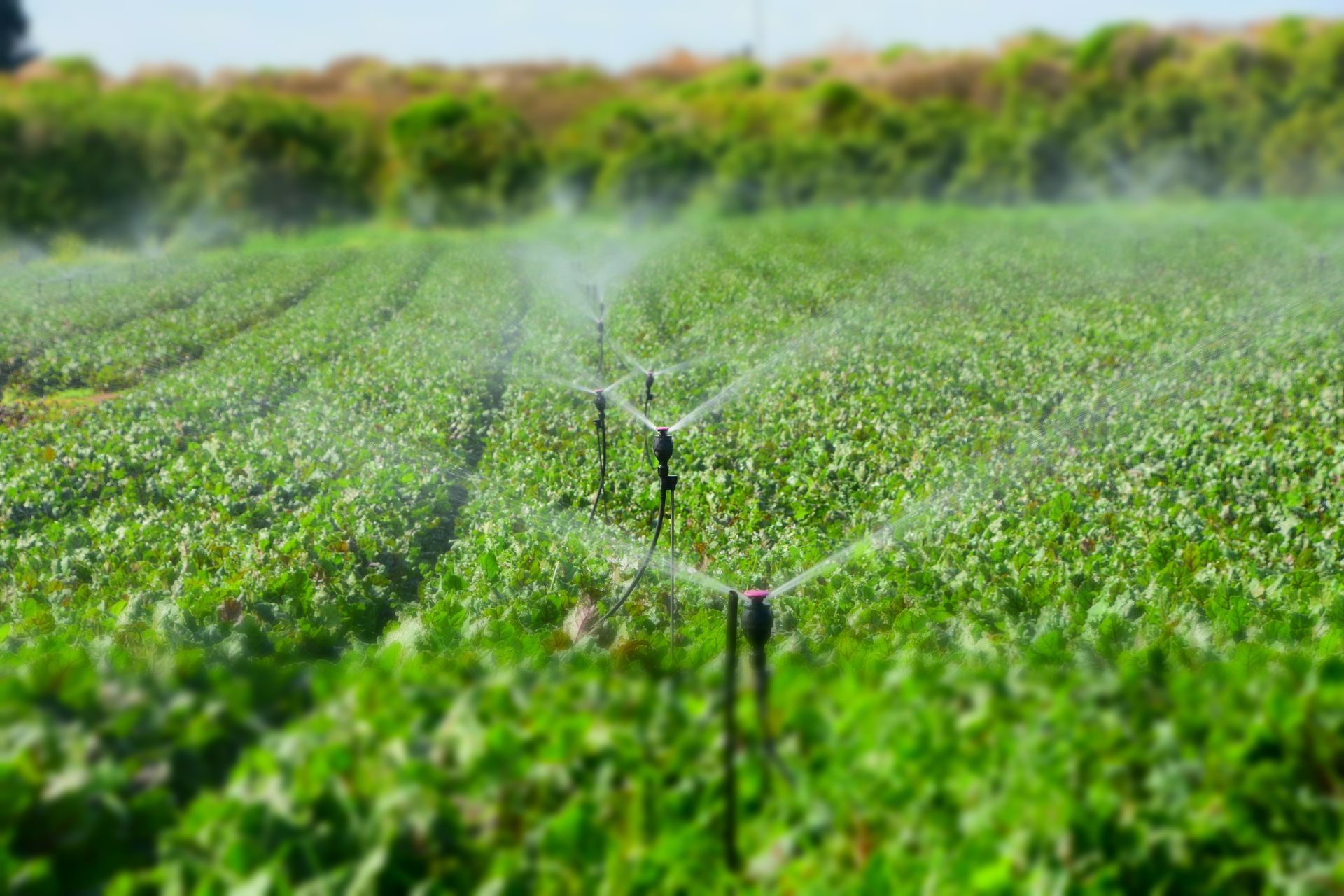
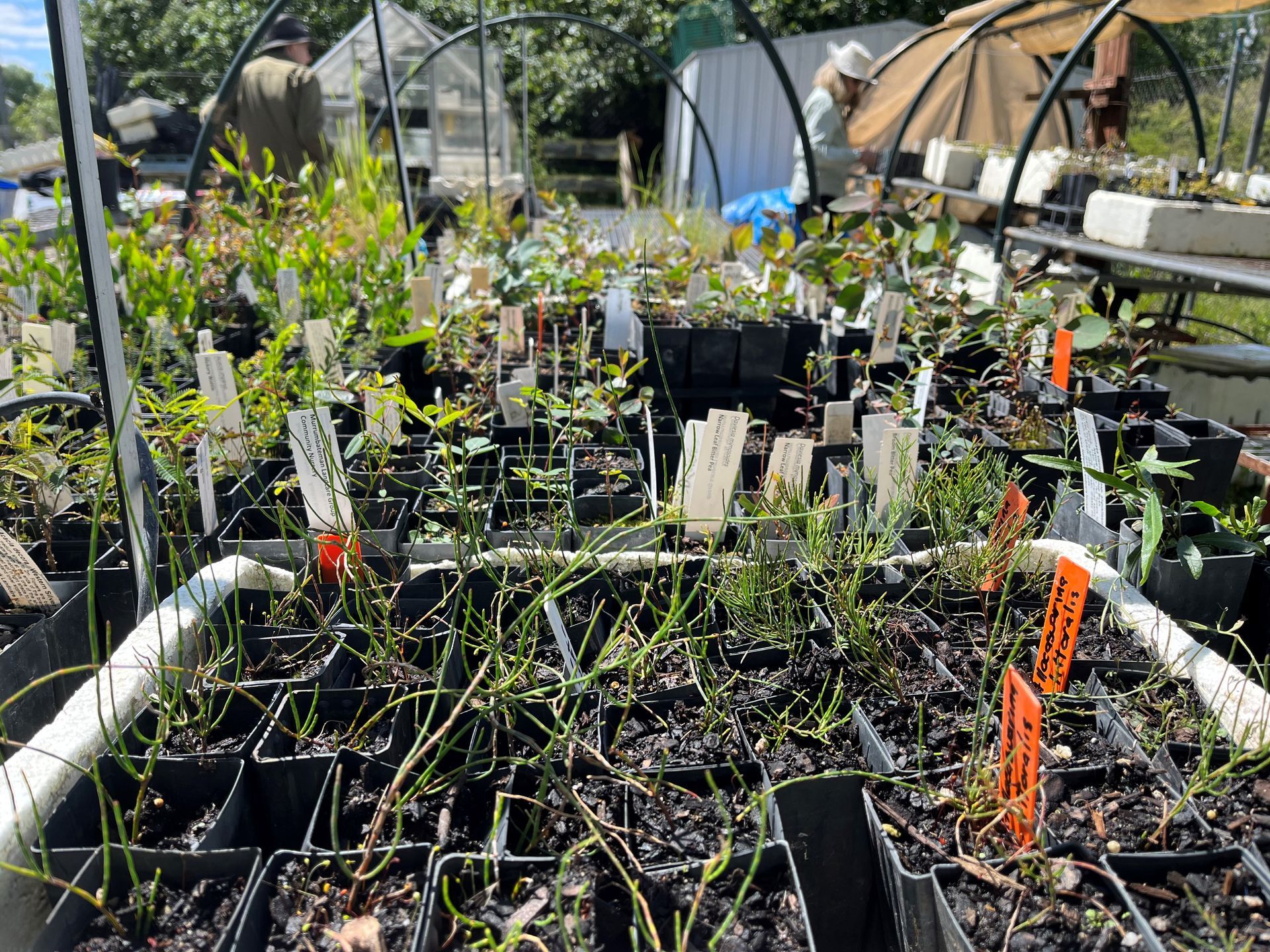
A selection of The Australian Farmer Sponsors - Click on a banner below to find out more...

